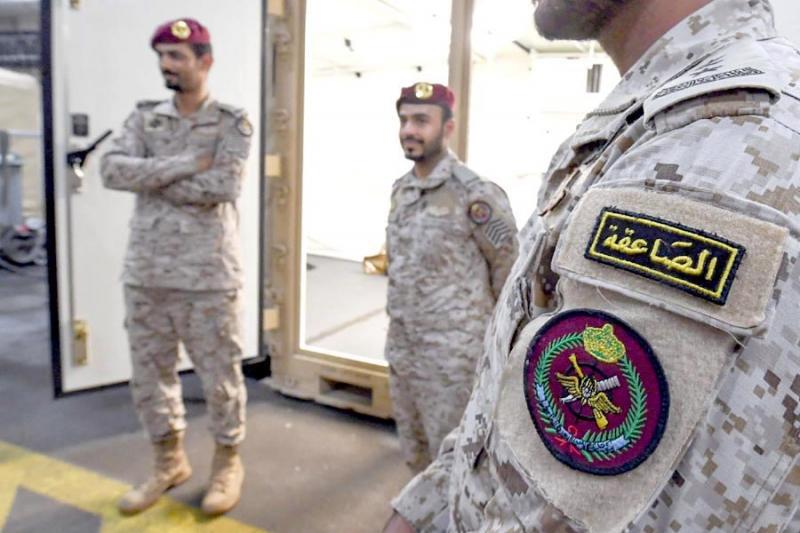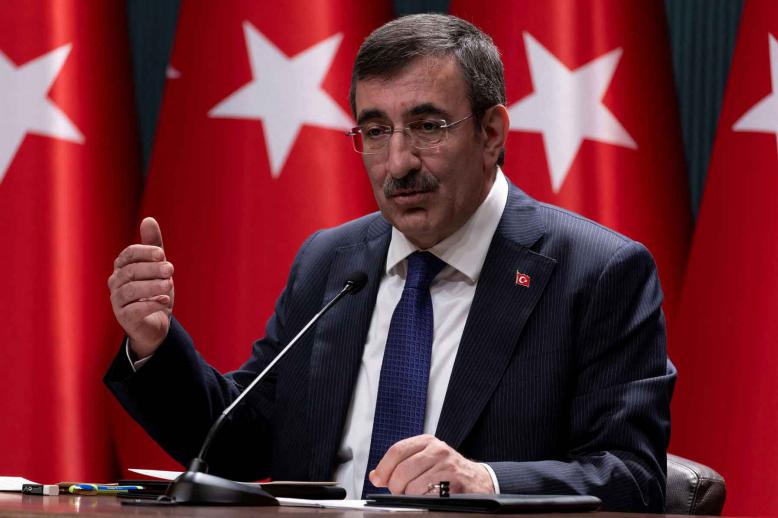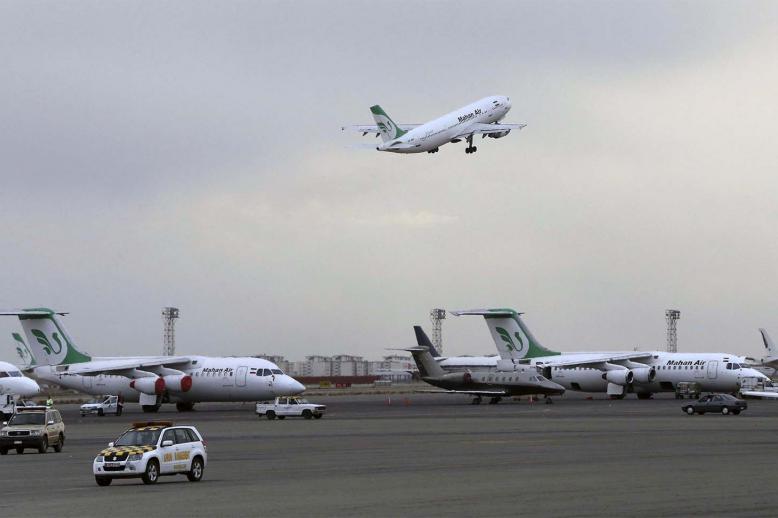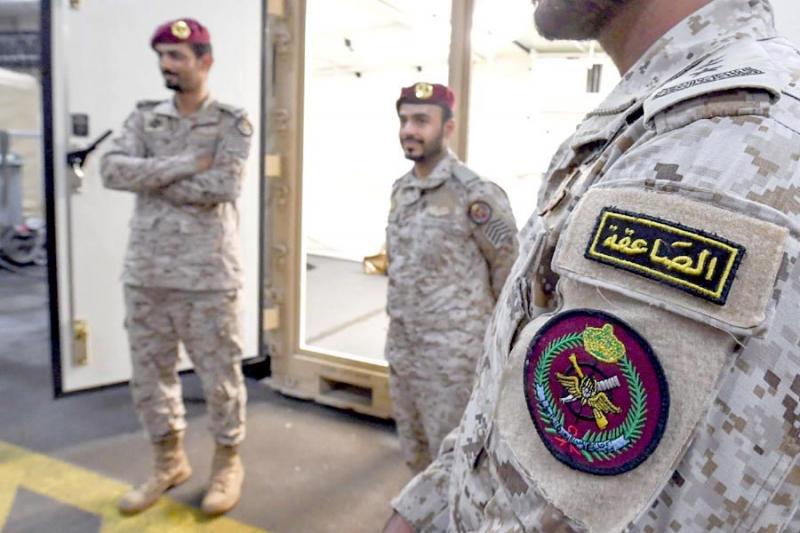Saudi Arabia to increase defence spending over Iran threats, despite budget cuts
WASHINGTON - The Saudi government has indicated that overall public spending will be trimmed in 2020, but there is a strong probability that the kingdom’s defence spending will increase next year — officially or not — in the wake of the September attacks on critical oil infrastructure and amid conjecture that further efforts to strike the Gulf nation are possible.
With the fear of Iranian aggression towards it unlikely to ease in the short term, the government of Saudi King Salman bin Abdulaziz Al Saud is likely to continue its pattern of high military expenditures next year.
Signs of that spending priority were on display at the November 22-24 regional security conference held in Manama that highlighted concerns by Saudi Arabia and its allies about Iranian military threats.
During the conference, US and French defence officials expressed commitment to strengthening Saudi Arabia’s air defence systems, following the September 14 drone and missile attacks believed to have been launched by Iran that hit the Abqaiq crude processing facility and nearby Khurais oil field. Those strikes temporarily halved the kingdom’s oil production and revealed a surprising crack in the kingdom’s energy security.
US Central Command head General Kenneth McKenzie said: “We are working with the Saudis to increase the networking of their systems. That will make them better able to defend against this type of threats.”
French Defence Minister Florence Parly noted that her government was dispatching “a robust package of advanced warning” capabilities, including radars, to Riyadh to combat low-altitude attacks and that the military hardware would be “in Saudi Arabia in the coming days so it will be operational very, very rapidly.”
The Saudi government is known for prioritising military expenditures over other sectors in its budgets, yet accurate defence-related figures can be hard to pin down due to off-budget purchases that aren’t reflected in official accountings but it is clear that in the current geopolitical environment of a menacing Tehran and a protracted military conflict with Iran-backed Houthis in Yemen, Saudi defence spending will remain a top priority for the kingdom.
The Saudi government allocated $51 billion in its 2019 budget to defence spending, a drop from the $56 billion in military expenditures it had inked into its 2018 budget.
Speculation had been that the reduction in official defence spending for 2019 meant that Riyadh was preparing to wind down its campaign in Yemen, though it has only been in recent months that the Saudi government has seemingly begun looking in earnest at a political resolution to the conflict as a military solution appears increasingly unattainable.
In its report on global military expenditures for 2018, the Stockholm International Peace Research Institute (SIPRI) named Saudi Arabia as the No. 1 arms importer in the world and ranked the kingdom as No. 1 in highest military spending as a percentage of GDP.
SIPRI’s estimate for Riyadh’s overall military expenditure of $68 billion for 2018 was $12 billion higher than what the Saudi government had officially set as its defence spending last year. The institute attributed the Gulf nation’s rise as the world’s largest arms importer between the period of 2014-18 to deteriorating relations with Tehran, the war in Yemen and the political fallout between Riyadh and Doha.
The kingdom won’t be releasing its 2020 budget until later this month but a pre-budget statement issued by the Saudi Finance Ministry shows that the government is planning to rein in state spending next year, with anticipated expenditures to decline from about $280 billion in 2019 to $272 billion in 2020.
The Saudi government has forecast its 2020 revenues at around $222 billion, down 9% from an estimated $244.5 billion in earnings this year.
In its preliminary budget forecast, the Treasury Ministry anticipates the Saudi budget deficit to grow to $49.8 billion in 2020, up from $34.9 billion this year.
Riyadh may be basing its assumption of lower income next year on a declining global economy and rising crude inventories that will impact oil demand and sustain low crude prices.
Saudi Finance Minister Mohammed al-Jadaan explained in late October that a primary reason for a reduction in state spending in 2020 is because of the strengthening of the kingdom’s private sector.
Jadaan said: “We believe at one stage you will need to start plateauing and then reducing your government spend as the economy picks up. Some of the spend that we would have otherwise made next year and the year after is now being made by the private sector.”
In the 2019 budget, spending in the two top sectors — defence and education — was ostensibly cut to direct funding to other sectors, including municipal services, transportation and health services as part of Saudi Vision 2030, the kingdom’s economic transformation programme.
In a rare occurrence, budgeted spending on education narrowly edged out military expenditures by about $500 million.
Even if the Saudi government is able to politically resolve its Yemen conflict in 2020, it still perceives Iran as a military threat, more so after the Abqaiq and Khurais attacks. The question will be how much of that concern is officially reflected in Riyadh’s next budget.
Jareer Elass is a Washington-based energy analyst, with 25 years of industry experience and a particular focus on the Arabian Gulf producers and OPEC.
This article was originally published in The Arab Weekly.







